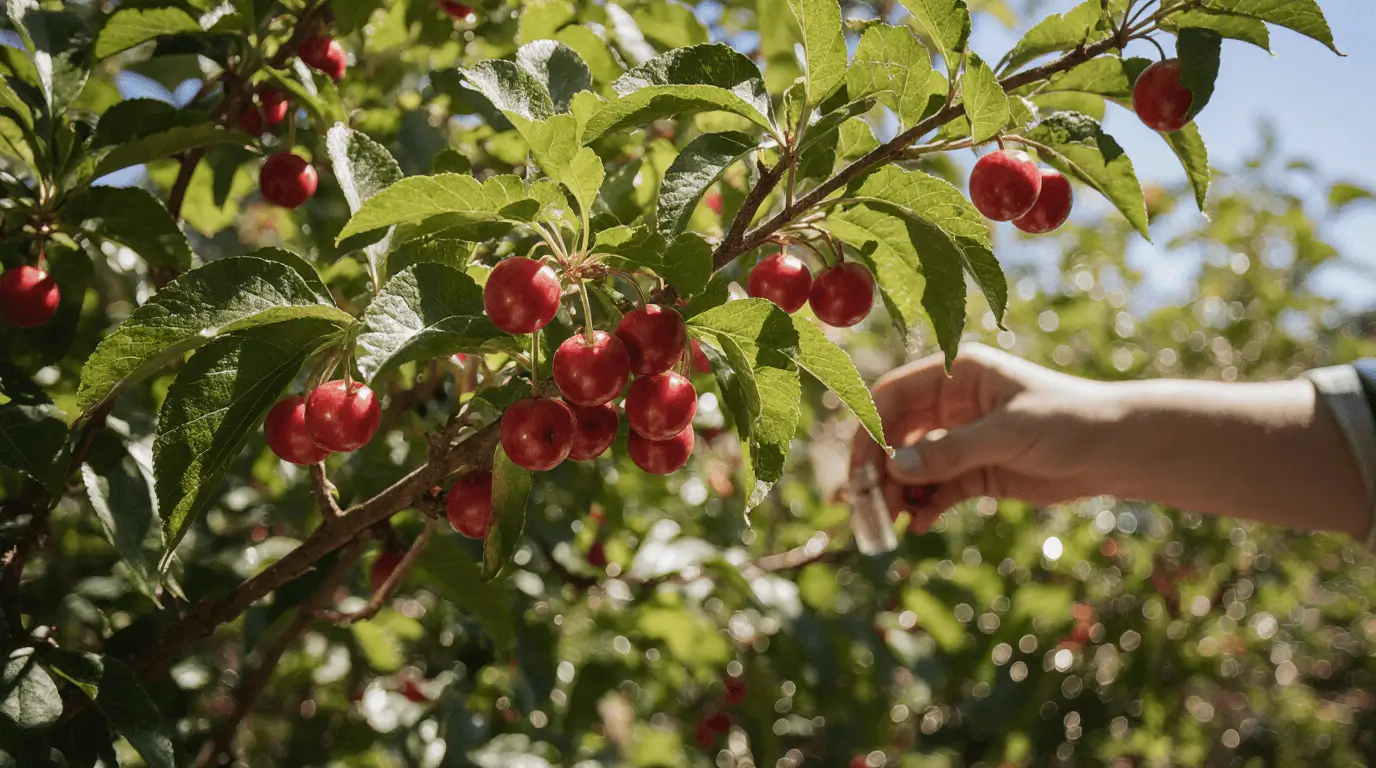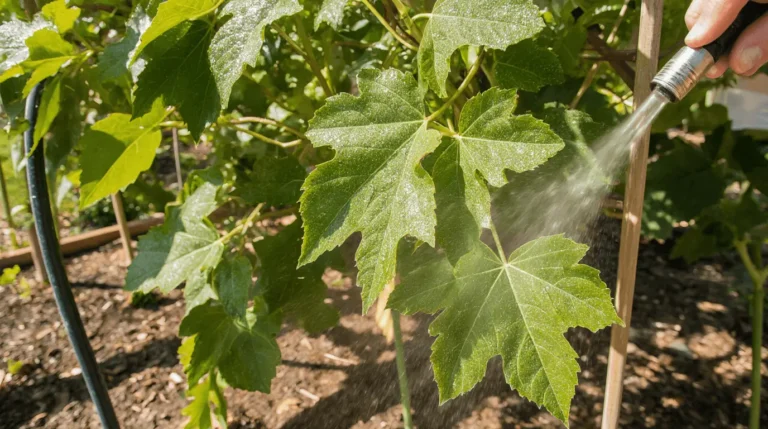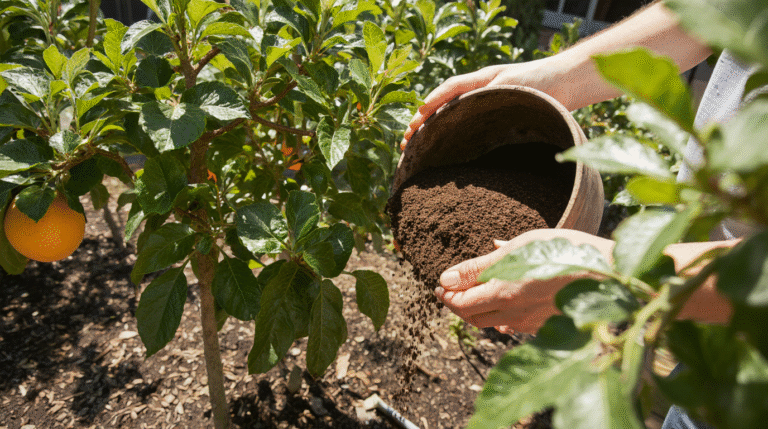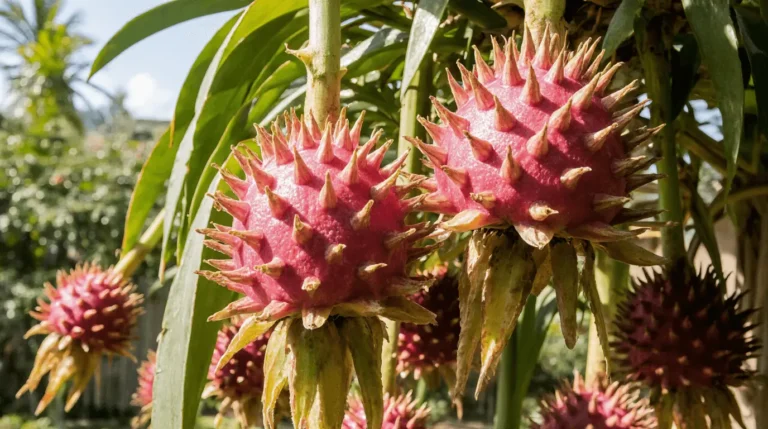In recent years, the Barbados Cherry tree in Florida has gained remarkable popularity among plant lovers for its dainty appearance and whirlwind growth that outpaces many of its peers. I remember when I first decided to grow one at home, its fast-growing nature and low maintenance needs truly impressed me. This little plant became a favorite of mine because it’s so simple to maintain, requiring just the right sunlight and water to flourish. Whether you’re a novice gardener or an experienced grower, you’ll find its charm irresistible — the way it fits into any corner of nature makes it a delightful addition to any space.
Its ideal size makes it perfectly sized for pot culture, and that’s what makes this Barbados Cherry truly stand out. It’s compact yet vibrant, and each day watching its growth feels rewarding. Once you know the basics and discuss everything about how to care for it, you realize this little tree embodies beauty and balance. It’s living proof that with just a bit of sunlight, care, and patience, even a simple tropical plant can bring color and life to your home garden.
“For long-term health and pest prevention, explore our guide on Tree Insect Management to keep citrus and other fruit trees thriving naturally.”
Advantages of Growing Barbados Cherry in a Pot
One of the greatest benefits of growing a Barbados Cherry tree is how well it adapts to life in a container. This fast-growing variety brings a quick return on your investment, especially for gardeners who love container gardening. From my experience, its small stature and manageable size make it an ideal choice for balconies or patios where space is limited. The potted form adds an element of understated elegance, turning your living area into a stylish fit for any environment.
Another important benefit is its flexibility — you can easily move the plant to maximize its exposure to sunshine, which supports quick growth and fruit production. With its reasonable size and versatility, this perfect option allows you to enjoy nature’s charm even in small spaces. Every gardener, whether new or seasoned, can find joy in this low-maintenance treasure that adds life and color wherever it’s placed.
“As Gardeners’ World notes, used coffee grounds can enrich soil structure, boost microbial activity, and act as a natural slow-release fertilizer.”
Essential Growing Requirements
When buying Barbados Cherry trees for sale, always choose a healthy plant to begin your gardening journey with confidence and lasting growth.
Sunlight Requirements
The Barbados Cherry tree is a sun-loving plant that truly flourish when placing it in a sunny outdoor space or near a windowsill with plenty of light. From my own experience, it’s best to choose a good location where it receives six to eight hours of direct sunlight daily for healthy growth and steady fruiting.
Soil Preferences
For a Barbados Cherry tree, the right soil makes a big difference in how well it thrives. From my own experience, it’s a simple task to achieve perfect results—just mix regular potting soil with a bit of sand to create a well-draining base that supports steady, healthy growth.
Watering Guidelines
Proper hydration is crucial for your Barbados Cherry tree, but avoid making the soil too wet. A simple tip I follow is to water thoroughly, then wait until the top inch of soil feels dry—that’s the perfect time to water again for steady growth.
Fertilization Practices
Proper fertilization plays a significant role in keeping your tree strong and encouraging steady growth. I’ve found that using a balanced, slow-release fertilizer works best to keep it healthy throughout the growing season. The best time to fertilize is in spring and fall, when the plant is most active and ready to absorb nutrients.
“Discover other Fast Producing Fruit Trees that respond beautifully to organic amendments like compost and coffee grounds.”
Pot Size
The size of the pot you choose for your Barbados Cherry tree can greatly affect its growth. From experience, an ideally sized or medium-sized container ensures the plant grows well without the roots feeling cramped. It’s advisable to start small and upgrade gradually as the tree expands and matures.
Cherry Trees in Different Climates
The Barbados Cherry tree stands out for its remarkable adaptability, allowing it to thrive in varied climates, from warm tropical weather to the sunny conditions of Florida. I’ve seen how cherry trees can turn a gardener’s dream into reality with the right care and nurturing. Beyond their resilience, they bring beauty to any space and reward you with sweet cherries the tree bears season after season.
Pruning and Maintenance
Regular pruning helps the Barbados Cherry tree keep a neat appearance and supports healthier growth. I usually follow a simple rule—prune in early spring before new growth begins, remove dead or damaged branches, and trim to maintain the desired shape and size. Also, routinely check for signs of pests or diseases so they can be spotted early and treated before causing harm. This tree truly appreciates gentle care; with basic maintenance, it stays in prime condition, adding an elegant touch of green to its surroundings without needing excessive attention.
“For a detailed citrus-specific walkthrough, Everglades Farm’s guide explains ratios, timing, and pH adjustments that maximize nutrient absorption.”
Common Issues and Troubleshooting
Even the healthiest Barbados Cherry tree or plant may face small hiccups along its growth journey, but most common issues have simple solutions if you respond early to its needs.
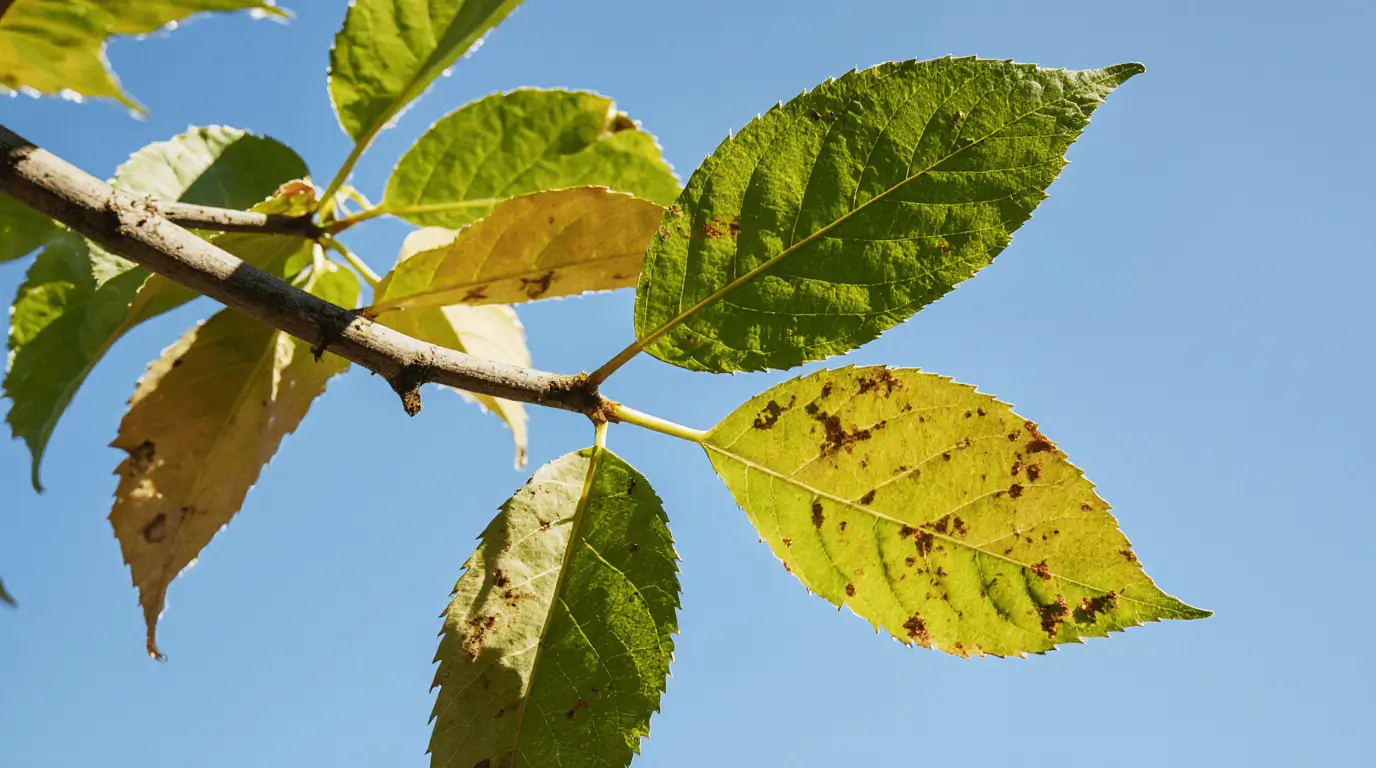
- Yellow leaves often mean overwatering or waterlogged soil—fix your watering routine.
- Drooping or wilting can come from under-watering or heat stress—adjust and relocate to a cooler location.
- Pests or tiny bugs from a pest infestation can be treated using organic insecticidal soap.

Keep an eye on your tree regularly to help it thrive and stay healthy through every season.
Conclusion
Caring for your Barbados Cherry tree is a rewarding growth journey when you understand its common issues and apply the right solutions. By keeping an eye on yellow leaves, wilting, or pests, and acting quickly to adjust or treat problems, your plant will continue to thrive beautifully. A little care and observation go a long way in maintaining a healthy, productive tree that rewards you with vibrant growth and delicious fruit.
“For more tropical soil-care techniques, see our complete Care of Coconut Tree guide — it shares similar watering and pH lessons.”
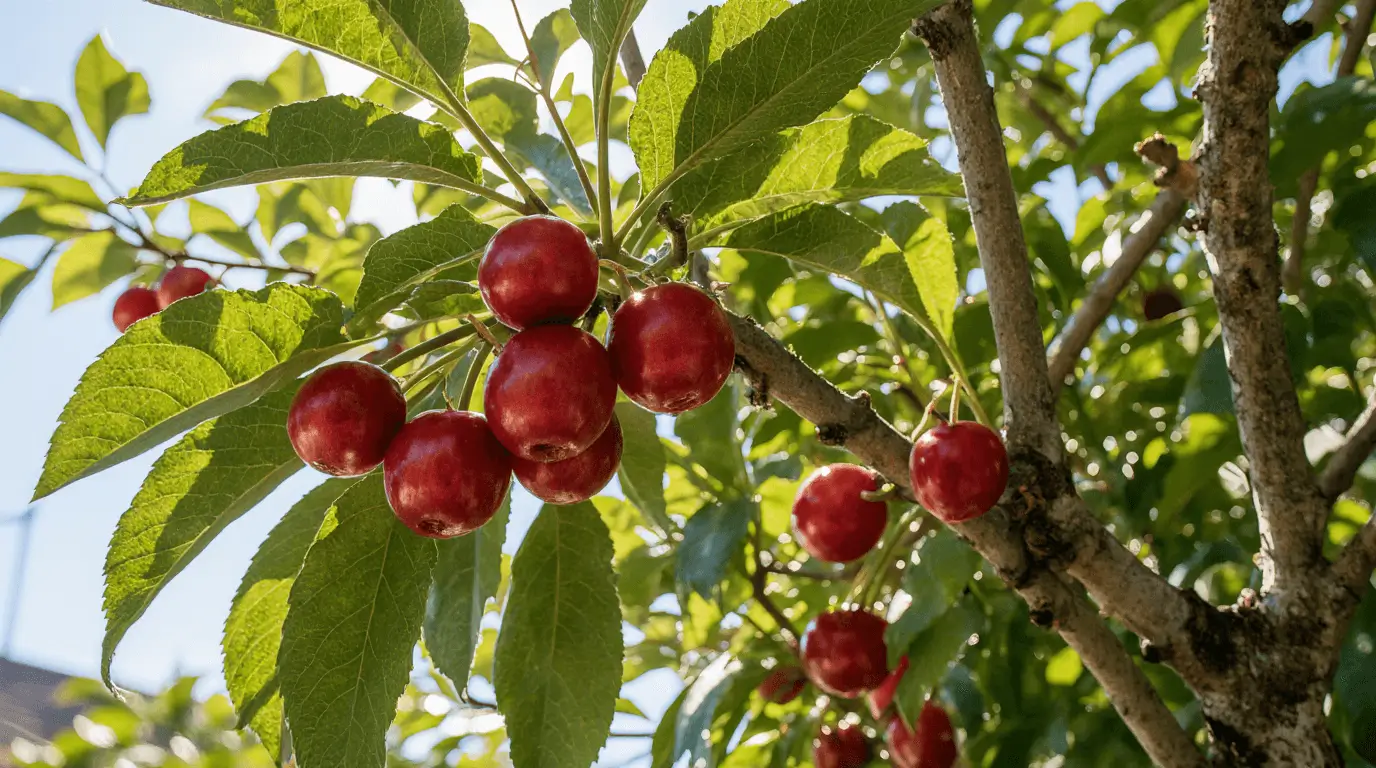
FAQs
- Why are the leaves on my Barbados Cherry turning yellow?
Yellow leaves usually indicate overwatering or waterlogged soil. Let the soil dry slightly between watering to restore balance. - What should I do if my Barbados Cherry tree looks wilted?
Drooping or wilting can result from under-watering or heat stress. Adjust your watering schedule and relocate the plant to a cooler location. - How can I control pests naturally on my Barbados Cherry tree?
For pest infestation or tiny bugs, use organic insecticidal soap or neem oil to treat them safely without harming the plant. - How often should I check my tree for problems?
It’s best to routinely check your tree every week to spot signs of stress, pests, or nutrient issues early. - Can my Barbados Cherry thrive indoors?
Yes, the Barbados Cherry can thrive indoors if it gets enough sunlight, proper watering, and consistent care.

